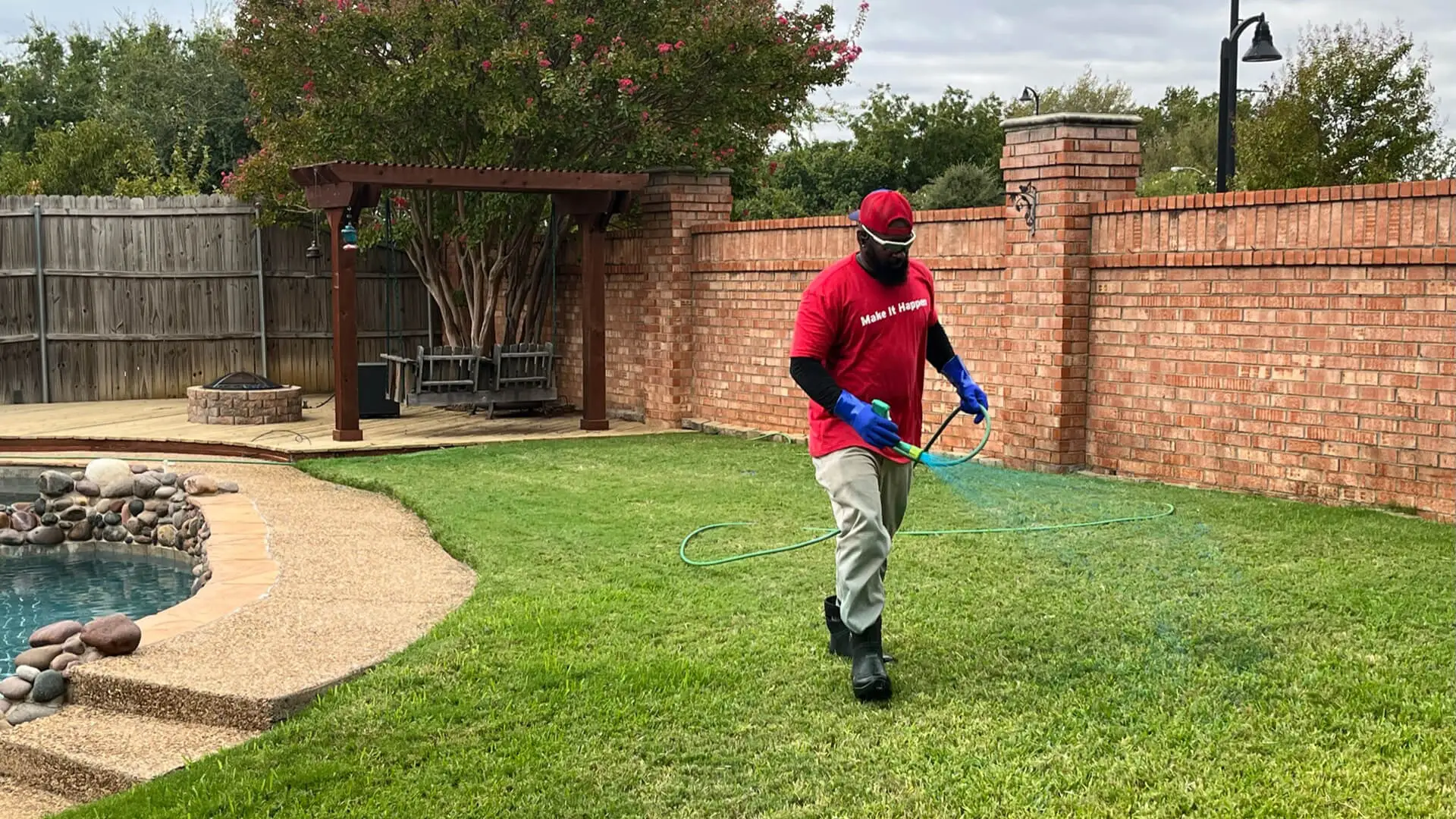Take-All Root Rot - Everything You Need to Know About This Common Lawn Disease in Texas
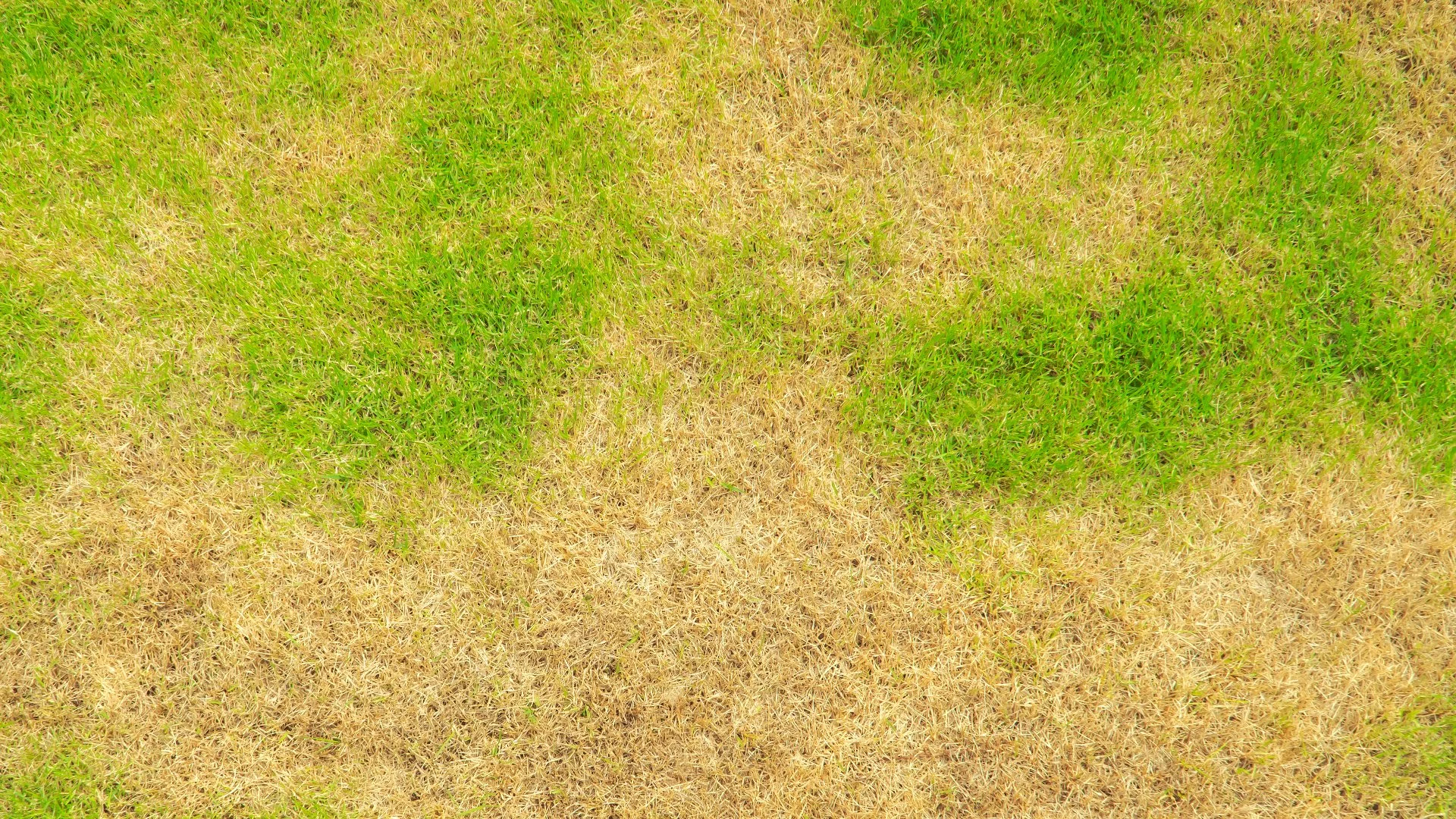
It's never fun to discover that your lawn has succumbed to a lawn disease. Unfortunately, take-all root rot is one of the most prominent fungal infections in Texas that targets the roots of your grass and causes extensive damage. This lawn disease affects warm-season lawns and is caused by a fungus that survives in the soil and thatch layer. When it plagues your turf, take-all root rot will make its roots rotten and black and result in irregular, brown patches. The fungus becomes active when your lawn comes out of winter dormancy and thrives in warm, wet conditions and compacted soil with poor drainage. If this disease affects your turf, you want to hire pros to diagnose and eliminate it with a curative treatment.
What is take-all root rot, and how does it damage your lawn?
Take-all root rot is a lawn disease that commonly affects warm-season lawns in Texas, like St. Augustine and bermudagrass. It is caused by a fungus that survives in the soil and the thatch layer. Because of where the fungus is found, this disease primarily targets the roots of your grass. When your lawn emerges from winter dormancy, it can become active and start showcasing symptoms.
When your lawn is infected with take-all root rot, the grass blades will become yellow before turning brown and wilting as it progresses. Your lawn will also thin out, and the irregular patches of discolored grass can reach up to 20 feet in diameter. When you inspect your turf closely and look at the roots, you'll ...
Liquid vs Granular Fertilizer: Which One Should You Use for Your Lawn in Texas?
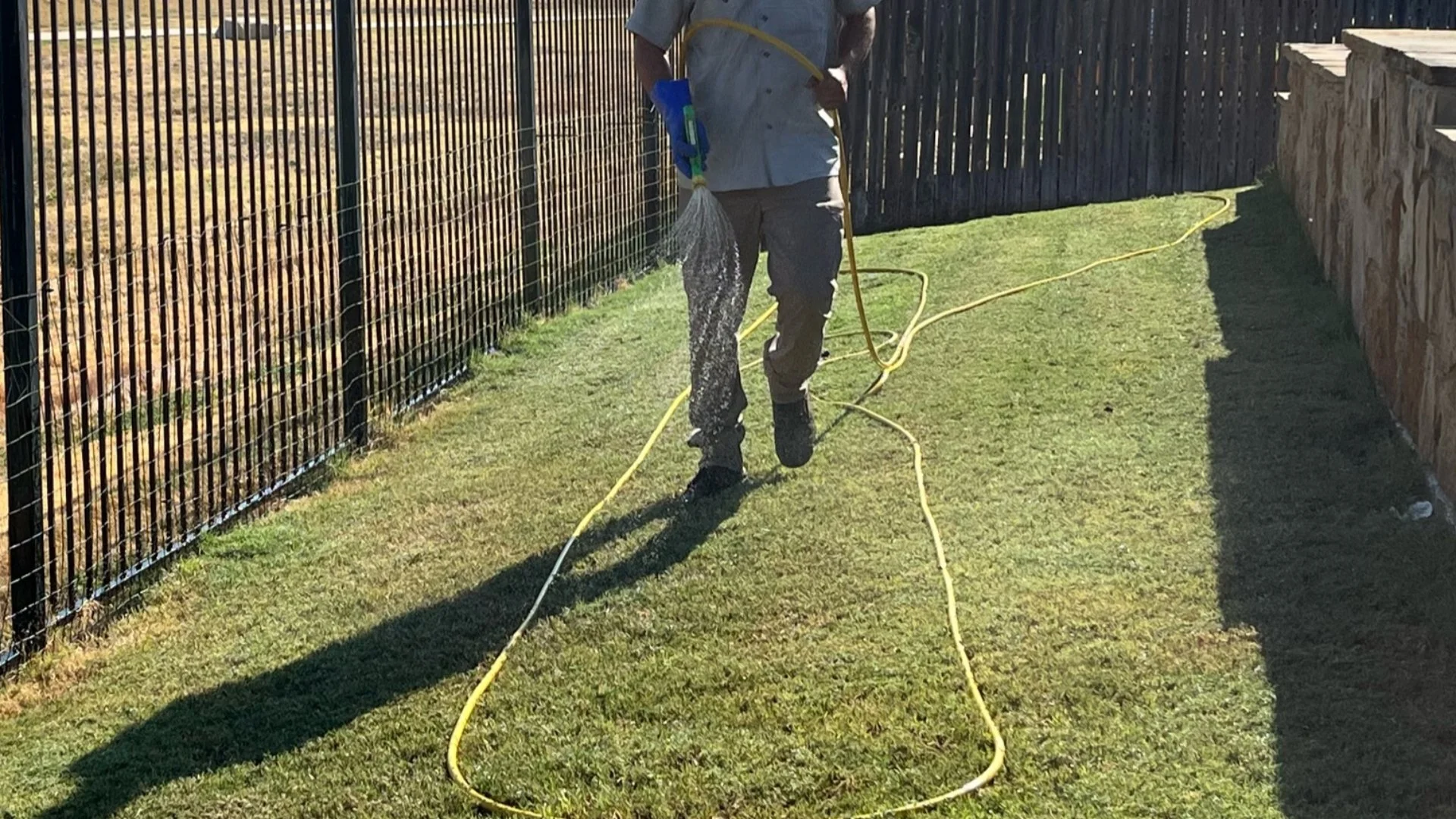
Fertilization is essential for caring for your lawn and giving it the nutrients it needs to stay healthy, green, and resilient to stressors. However, there are two types of fertilizer: liquid and granular. Liquid fertilizer is sprayed across your turf and considered fast-release, providing nourishment to its roots almost immediately. On the other hand, granular fertilizer comes as small granules, which are spread across your lawn and have to be watered in to activate. This treatment is considered slow-release, delivering nutrients gradually over an extended period. Both types are beneficial, but liquid fertilizers are ideal for lawns in Texas because they allow for better nutrient uptake and will get yours in prime condition in no time.
What is granular fertilizer, and how does it work?
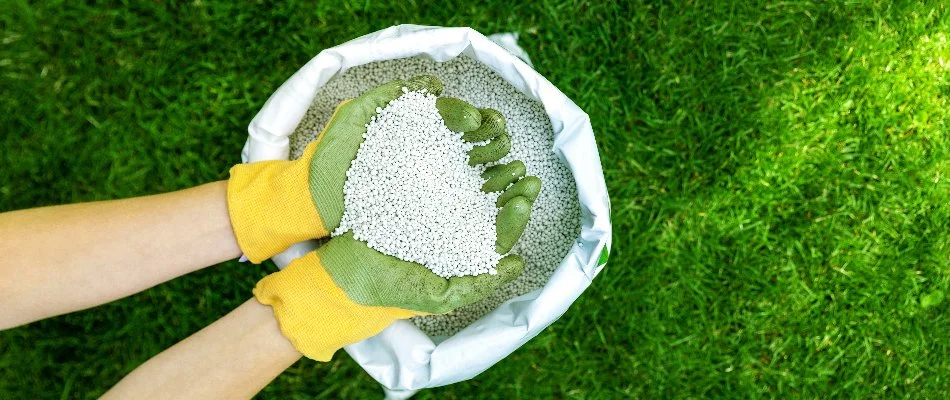
Granular fertilizer, as the name implies, consists of small granule pellets that are spread across your lawn and need to be watered in to activate. These treatments are considered slow-release, meaning they deliver nutrients gradually over an extended period. Once the granules are watered, they begin to break down and work into the soil, nourishing the roots underneath in a controlled way.
What is liquid fertilizer, and how does it work?
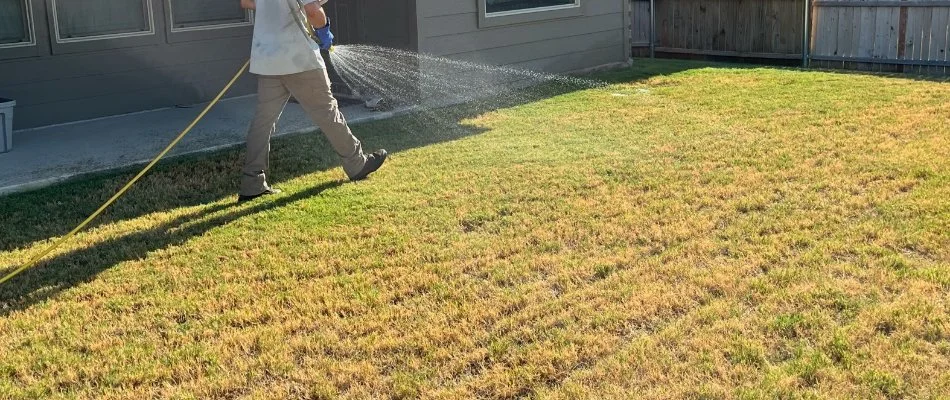
Liquid fertilizer is a water-soluble treatment that is sprayed across your entire lawn via a hose. This type of fertilizer is considered fast-release, meaning once it's applied, it begins absorbing into the soil and providing valuable nutrients...
Want to Transform Your Landscape Beds? Do These 4 Things!
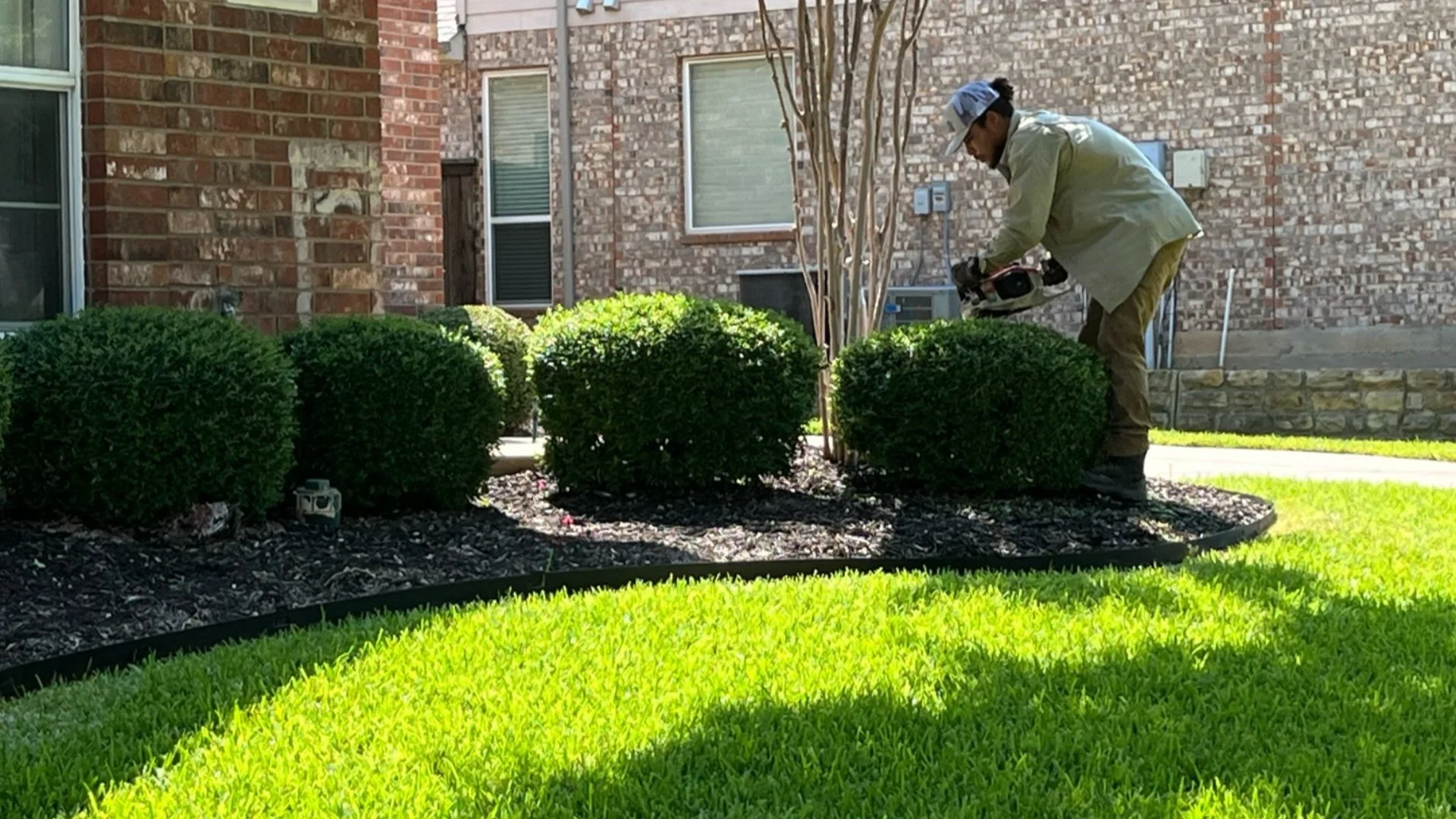
If you want to transform your landscape beds in Texas, there are four things that you need to do. The first thing that you should do is remove any weeds from them because they can drag down the curb appeal of your property and they will steal nutrients away from your plants. The second thing that you should do is trim your hedges and shrubs because if they are not well-maintained, they can start looking unkempt and take away from the beauty of your landscape beds. The third thing that you should do is clean out any leaves and debris from them because they can smother your plants and make your landscape beds look messy. The last thing that you should do is refresh the mulch in your landscape beds because a fresh layer of mulch will add color to them and it will also provide benefits to your plants.
1. Remove any weeds from your landscape beds.
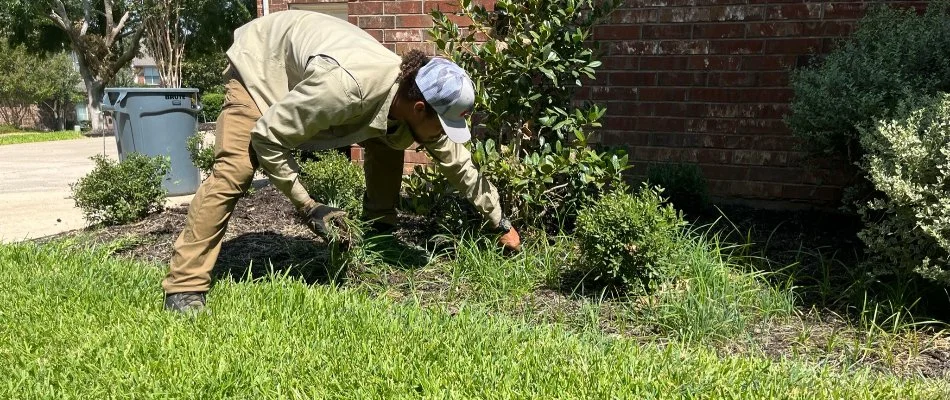
Weeds are unsightly plants that can tarnish the appearance of your landscape beds. They are also known as nutrient thieves because they will steal essential nutrients from your plants so that they can grow and spread. It is important to remove any weeds from your landscape beds on a regular basis so that your plants don't have to compete with them.
2. Trim your hedges and shrubs regularly.
Your plants can become overgrown and untamed if you don't keep them trimmed. This is why you should trim your hedges ...
Pre-Emergent Weed Control: What Is It & Does My Lawn Need It?
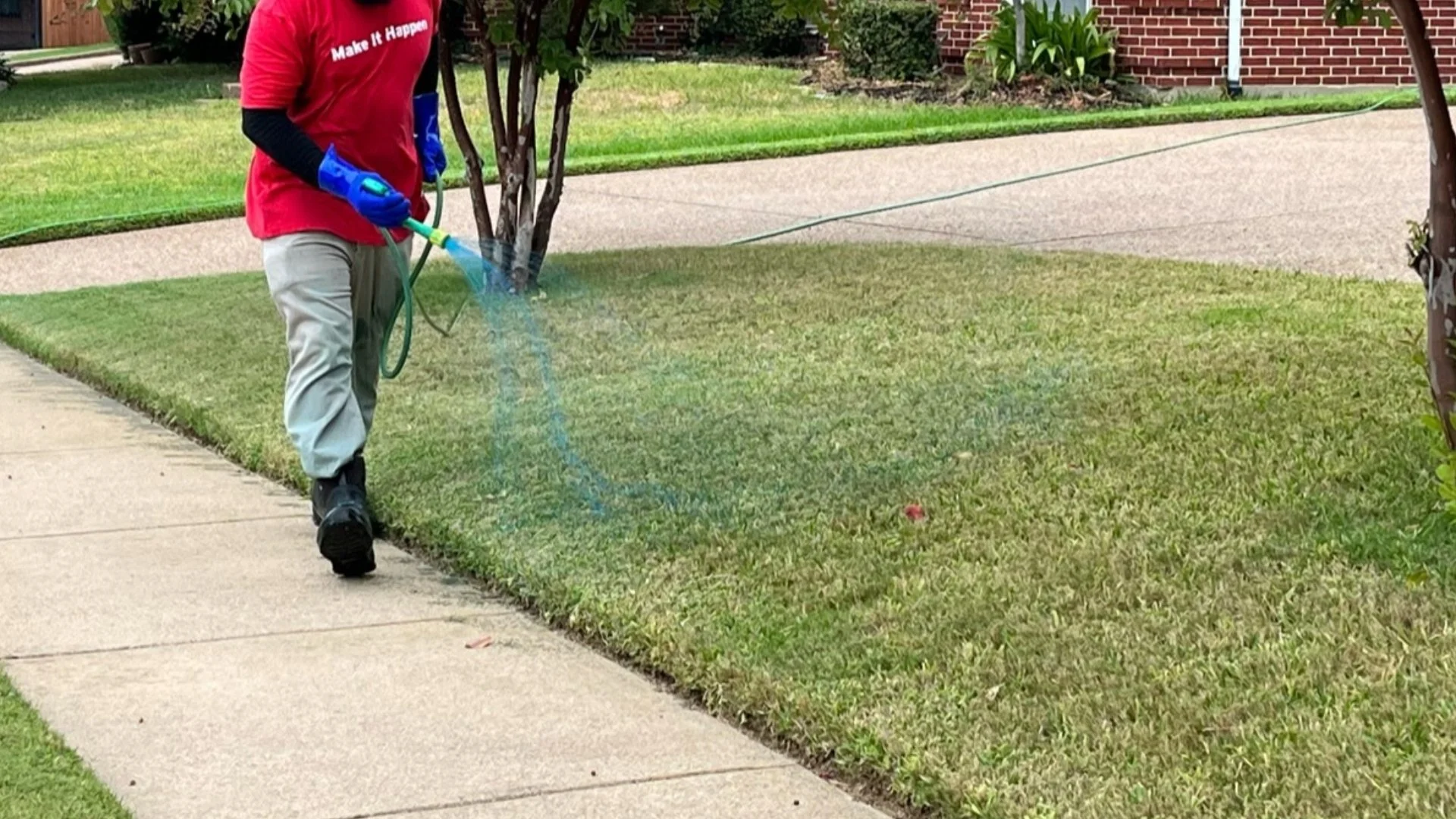
If you're wondering whether your lawn in Texas needs pre-emergent weed control, the answer is yes! Pre-emergent weed control is a highly effective treatment that prevents weeds from sprouting on your turf. It does this by creating a barrier in the soil that newly germinated weeds can't penetrate, stopping them before they even get the chance to pop up and cause problems. As a result, it drastically reduces the population. These treatments should be applied four times a year: pre-spring, early spring, fall, and late fall. However, you'll also want to utilize post-emergent weed control throughout the year to eliminate any existing weeds on your lawn.
What is pre-emergent weed control?
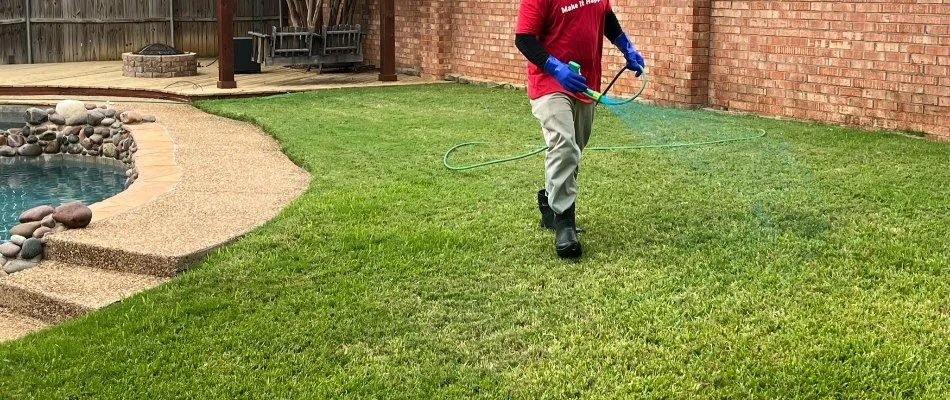
Pre-emergent weed control is an herbicide treatment that prevents weeds from sprouting on your lawn and causing problems in the first place. It's applied across your entire turf and seeps into the soil, creating a protective barrier that newly germinated weeds can't penetrate. So, as they try to grow further and access the resources they need, it will stop them from doing so.
Does my lawn need pre-emergent weed control?
Your lawn needs pre-emergent weed control because it drastically reduces the number of weeds that pop up throughout the year. Without this treatment, you could end up with a lot of weeds. Not only does this drag down your lawn's curb appeal,...
What Lawn Care Does My Grass in Keller, TX Need This Fall?
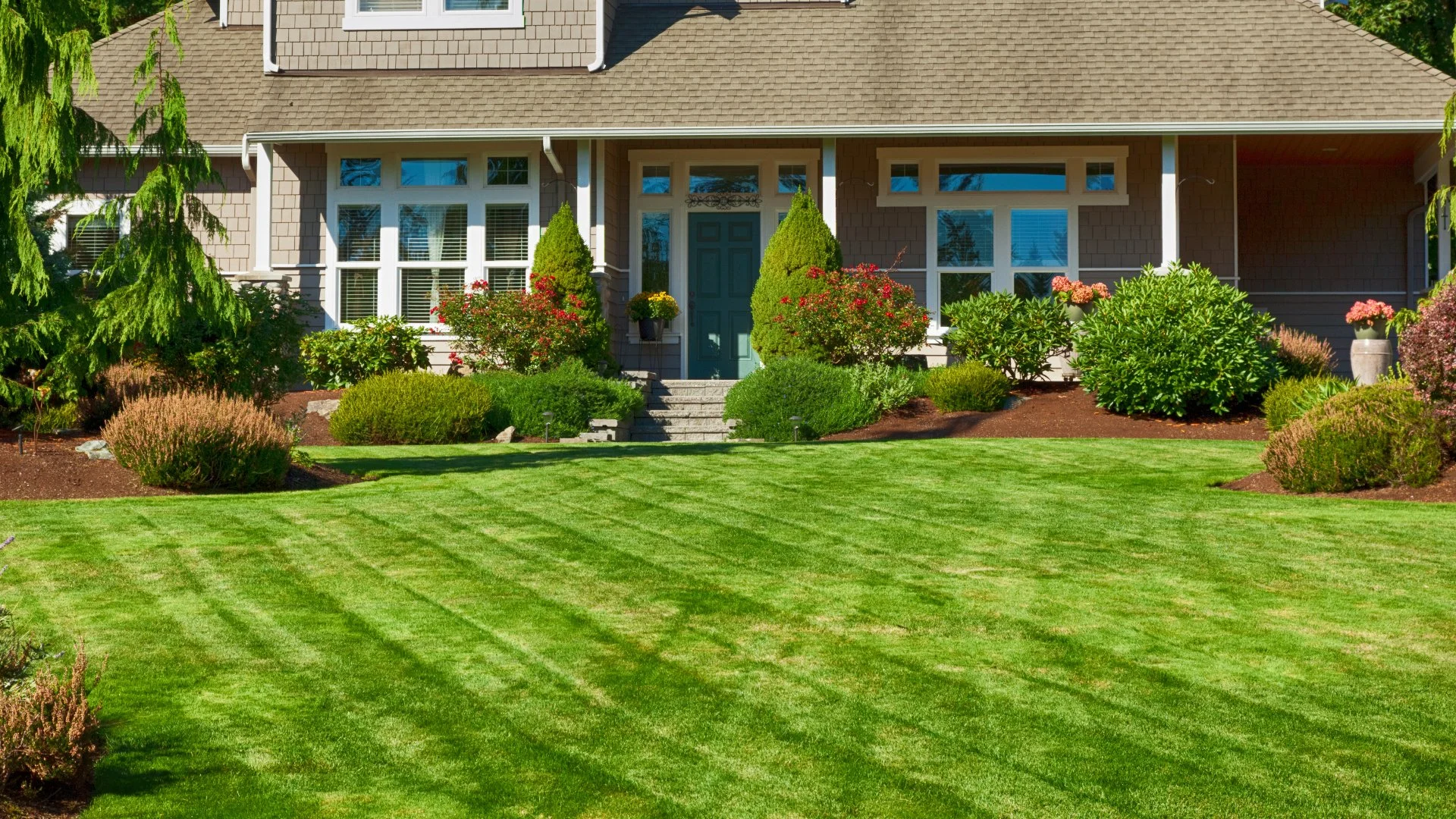
The fall season is a great time of year for your lawn in Keller, TX. Your grass will be preparing to go into winter dormancy and it needs the right care during this time to ensure that it survives until spring. One way to help your lawn prepare for the winter is by using pre-emergent weed control treatments. These treatments prevent weeds from sprouting through the soil and causing problems on your lawn. You should apply these treatments in early fall as well as in late fall so that you can get ahead of any weeds before they have a chance to grow. Another important thing you need to do during the fall is to use post-emergent weed control treatments. Post-emergent treatments are designed to eliminate any existing weeds on your property. The last thing you should do this fall is to administer a winterizer treatment. This type of treatment helps your lawn survive the cold winter months. For the best results, you should hire pros to administer these treatments to ensure they are applied correctly, at the right time, and that an effective product is used.
Use pre-emergent weed control treatments in early fall and late fall.
Pre-emergent weed control treatments are very effective at preventing new weeds from emerging on your lawn. It works by creating a barrier in the soil that newly germinated weeds cannot penetrate. In order for this type of treatment to work effectively, you need to apply it in early fall. That's because if you wait too long, then many types of weeds...
How to Keep Your Lawn in Texas Weed-Free
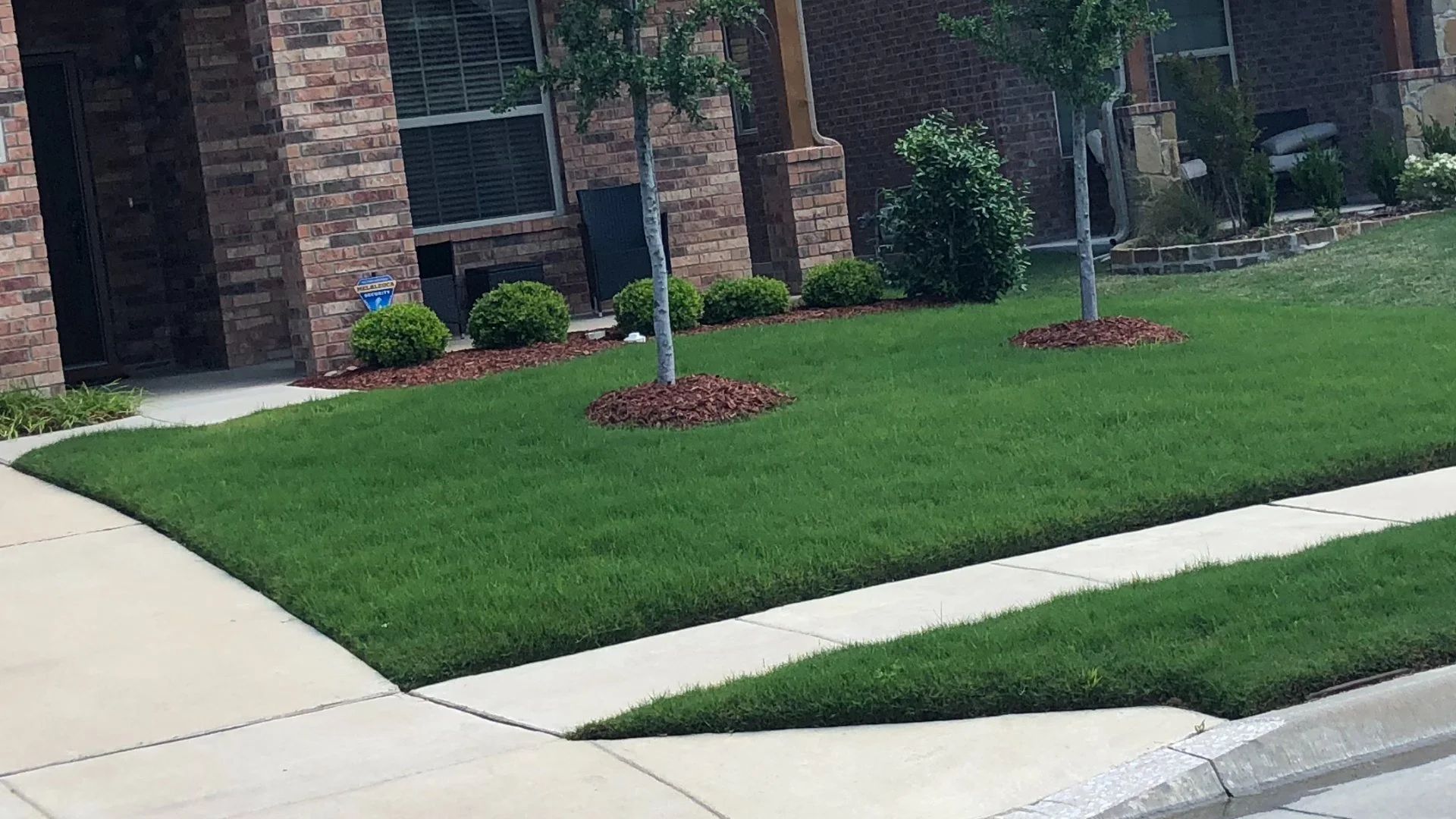
Weeds are a nuisance for your lawn in Texas. Not only do they drag down its curb appeal, but they also steal nutrients and other resources it needs to stay healthy! Fortunately, you can get ahead of these pesky plants before they sprout with pre-emergent weed control treatments, which you should apply at specific times to prevent them from causing problems in the first place. You'll also want to utilize post-emergents whenever you notice existing weeds, as these treatments will effectively eliminate them. Using pre- and post-emergents together will ensure you cover both ends of the weed life cycle and achieve a weed-free lawn!
Apply Pre-Emergent Weed Control to Prevent New Weeds From Growing on Your Lawn
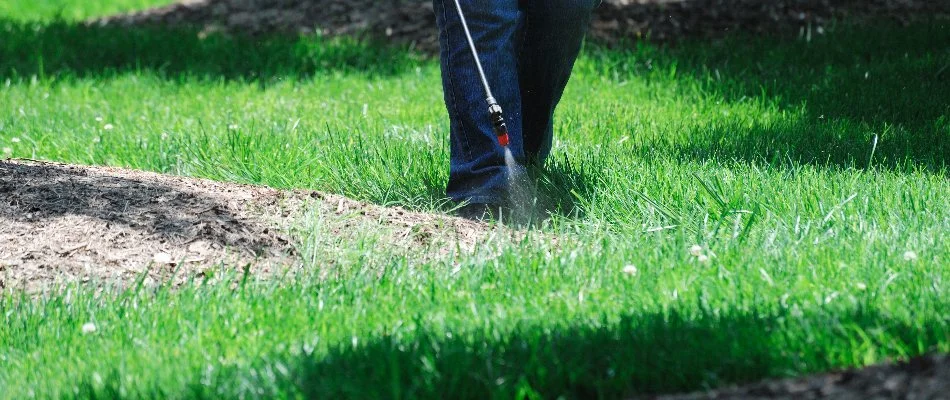
Pre-emergent weed control treatments are essential for preventing new weeds from sprouting through the surface and causing problems for your lawn in the first place. These applications blanket your turf, absorbing into the soil and prohibiting newly germinated weeds from growing past a certain point. However, you'll want to administer them at the correct times to ensure maximum effectiveness.
The first pre-emergent weed control application should be in late winter/pre-spring. This timing ensures the treatment has enough time to sink into your soil and block newly germinated spring weeds from surfacing. The second application should be in early spring to build off the last and heighten your lawn's defenses against spring and summer weeds. You'll ...

